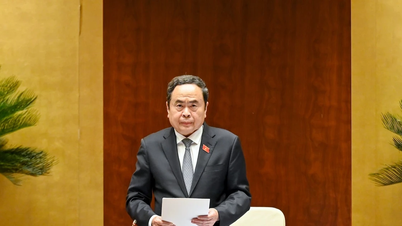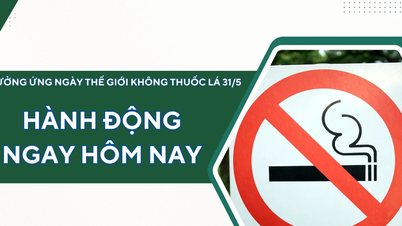According to Official Dispatch No. 2034 dated May 5, 2025 of the Ministry of Home Affairs , the plan to reduce 20% of the payroll by 2030 does not apply to civil servants working in public service units in the education and health sectors.
These are two areas identified as needing stability and continued staffing to ensure the provision of essential public services.

Instead, the streamlining of 20% of the total payroll in the 2024-2030 period will focus on the state administrative sector, state management agencies at the central and local levels, especially units with cumbersome organizational structures, overlapping functions, and low operational efficiency.
The groups of subjects under consideration for downsizing include: people with limited capacity who do not meet the requirements of the job position; people working in redundant positions after organizational reorganization; people who voluntarily downsize; people who have not completed their tasks for two consecutive years.
For public service units, the arrangement and streamlining of the apparatus is still being carried out, but it needs to be based on the specific characteristics of the industry. Particularly ineducation and health - where there is a shortage of human resources in many localities - there will be no rigid streamlining according to the ratio.
Education and health are two sectors that provide essential public services, directly related to people's lives. Improper streamlining can lead to a shortage of human resources, affecting the quality of teaching and medical examination and treatment. Therefore, streamlining in these sectors mainly focuses on organizational structure, eliminating inappropriate or overlapping job positions, rather than cutting frontline human resources.
Although not subject to a 20% staff reduction, the education and health sectors are still being directed to restructure their staff to improve the quality of public services. This includes reviewing and rearranging the organizational structure, eliminating inappropriate or overlapping positions, and applying contracts based on job positions with clearer entry criteria.
According to statistics from the Ministry of Home Affairs, by the end of 2023, the country will have about 1.8 million civil servants, of which more than 700,000 will work in public service units in the health and education sectors.
From 2020 to 2022, the education and health sectors recorded more than 28,000 employees quitting their jobs, mostly due to work pressure, low income and difficult working conditions.
In education alone, many localities are still lacking teachers, especially at preschool and primary levels.
In the health sector, the shortage of human resources at the grassroots level is also common, especially after the Covid-19 pandemic.
Source: https://baohatinh.vn/700000-bien-che-giao-duc-y-te-khong-thuoc-dien-cat-giam-post287382.html





![[Photo] General Secretary To Lam receives Chief of the Central Office of the Lao People's Revolutionary Party](https://vphoto.vietnam.vn/thumb/1200x675/vietnam/resource/IMAGE/2025/5/30/140435f4b39d4599a3d17975dfb444c5)























![[Photo] National Conference "100 years of Vietnamese Revolutionary Press accompanying the glorious cause of the Party and the nation"](https://vphoto.vietnam.vn/thumb/1200x675/vietnam/resource/IMAGE/2025/5/30/1cf6cd5c8a934ebfa347028dcb08358c)
































































Comment (0)